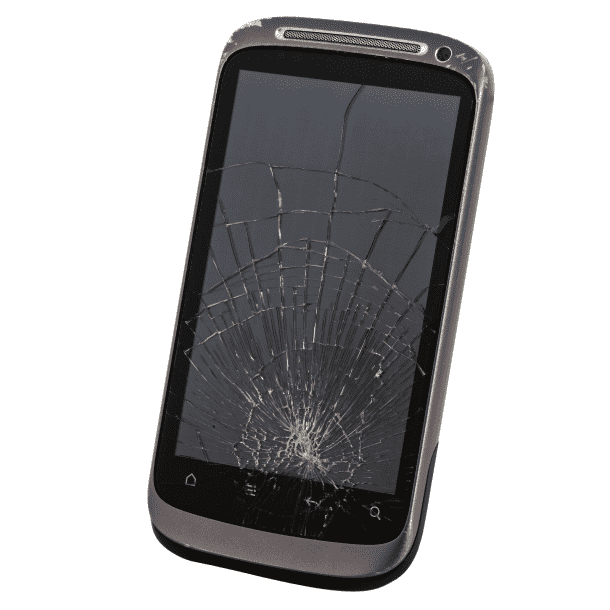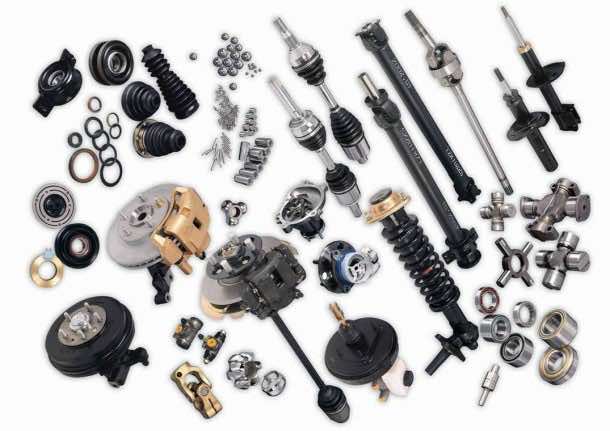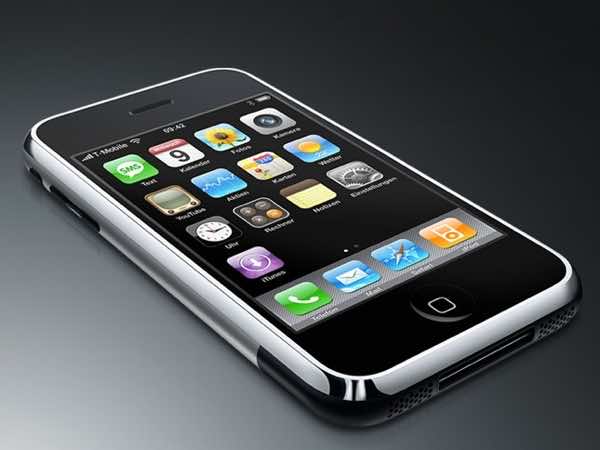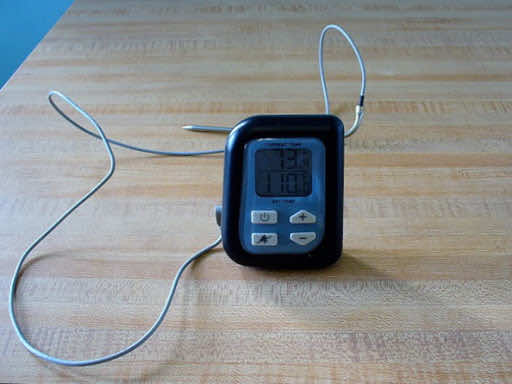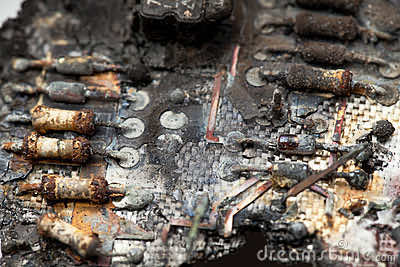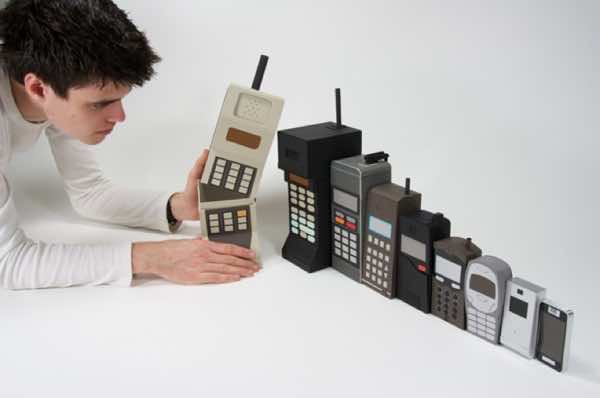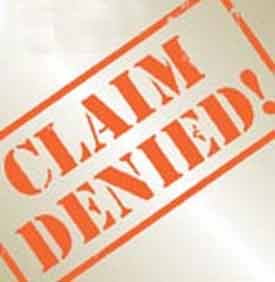The world of consumer electronics develops at a rapid pace. New models are launched in mere months. Obsolescence is the process of becoming out of use, outdated or being discarded is natural in a life cycle of any product but it takes a sinister turn under ‘Planned Obsolescence” where firms want you to discard your older models quicker & buy new ones to maximize their profit. Here are those 10 methods that companies use.
10. Broken display glass
You are very likely to drop your smartphone and fracture the screen. The surprising thing is that broken screens are not covered in manufacturer’s warranty. Even back sides of some phones are made from glass whereas they can easily be replaced with some break-proof material. Though the phone works fine, but screens are largely left unrepaired which makes the user more likely to replace it.
9. Unavailable spare parts
It is a very plausible scenario that after serving you a long time a device’s small component does not function anymore while the rest of the device works fine. Sensibly you want that part to be repaired but you are informed that spare part isn’t available anymore. You will only be left with possibility to buy a new one. The producer makes more profit selling new items rather making spare parts
8. Massive repair costs
Unavailable or scarce spare parts mean that repair costs often skyrocket. All things considered, it is often more economical to buy a new model rather than repairing it. If you get it repair from some third party repair company, chances are that non-standardized components used may force you another trip after a short while.
7. Omitted features
It is very common to see some features being omitted when a product is launched.This is an excellent example: the first iPhone didn’t support 3G internet bandwidth, MMS, universal Bluetooth, not even video recording, all of which were considered to be standard features. Customers stormed the stores when the iPhone 3G came out: It had all that! But the poor 2-megapixel camera resolution remained the same.
6. Planned Life span
Products have an unindicted life span. Say for example many electronics have an irreplaceable battery. So what do you do once it runs out? Small gadgets such as digital thermometers usually have this issue.
5. Faster Wear and tear
Most products will be subjected to regular wear and tear. As over time colors fade and scratches appear. A customer will replace an old looking device much quicker, so devices are intentionally made with materials that wear off quickly. Not including protective cases also helps.
4. Heat
Most devices are prone to overheating. Planned obsolescence is most evident in laptops where usually heat-sensitive capacitors & components are placed in areas that not ventilated. Consumers hardly focus on circuit board design when buying consumer electronics.
3. Incompatibility
Backward compatibility is an issue. Usually, old things do not run with the new. Marketers think this will prompt the user to buy the new stuff. The classic example of this was when files generated by Microsoft Office 2007 could not be opened on Office 2003. One could download the Microsoft Office Compatibility Pack—but most customers didn’t know that and, therefore, purchased a new Office version or preferably replaced the whole computer because the old one has become too slow anyway.
2. Popularity / Style Obsolescence
A device works perfectly fine, but it is no longer in fashion or is not popular anymore. Companies feed on this as consumers do not want a device that make them look old fashioned. Marketers employing style obsolescence can set new trends (so customers can buy more popular gadgets) and kill old trends (so customers notice that their gadget is outmoded).
1. Painstakingly Long Warranty Claim procedures
The receipt is crucial if you want to claim warranty. But even with a valid receipt warranty claiming procedures are lengthy and time-consuming. Shipping the product is the owner’s responsibility, and it can take months in some case to get the device back. So for older models usually customers just dump the product and get a new one.


